Made some modifications - 10x 100uf 450V capacitor in series parallel for 500uF 600V. Switching from -12V with ripple noise to add a sound effect and timer to allow charging via voltage doubler to 600V.
New down and dirty working circuit, voltage doubler for 600V, delay hold -12V before discharging capacitors, relay isolating inverter eliminates the need for series resistor giving a faster charge and no heat.
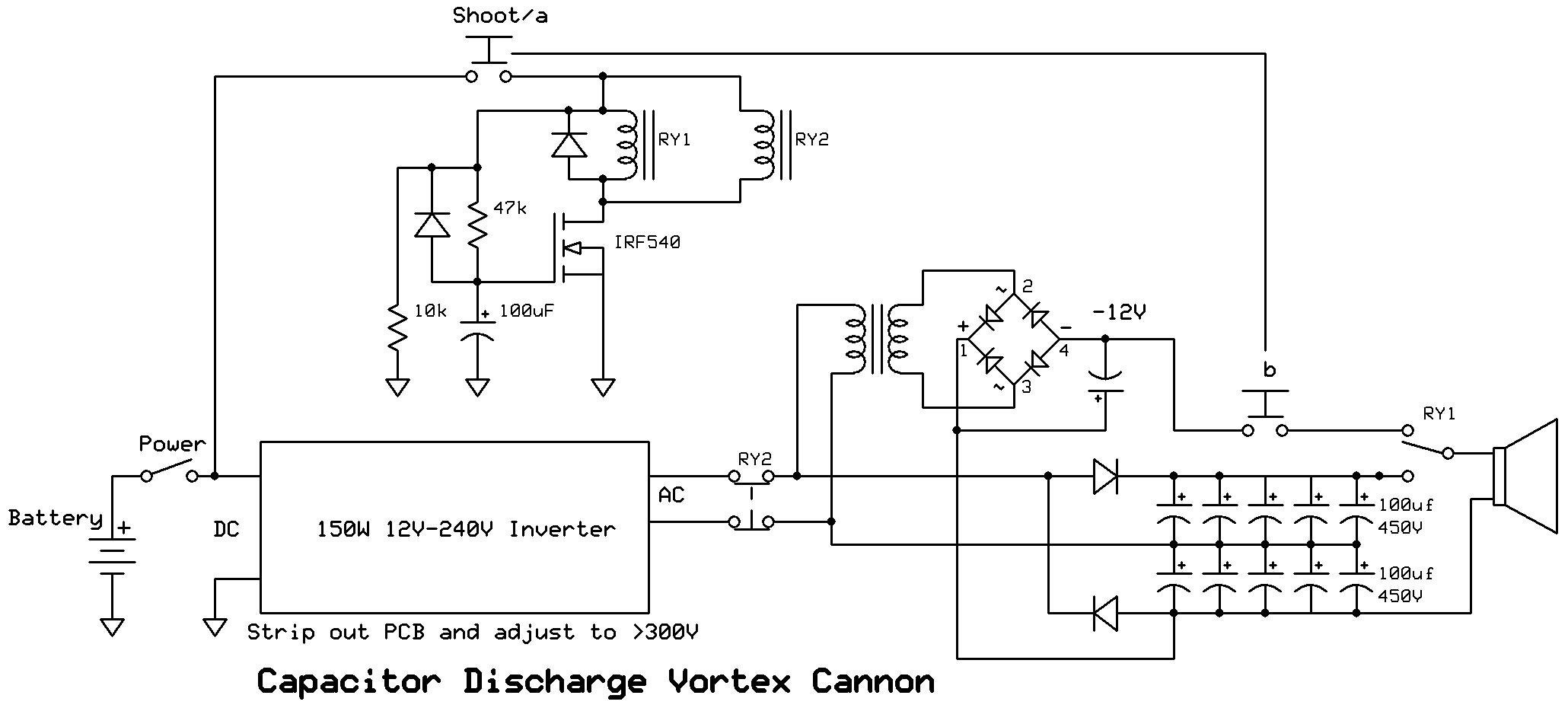
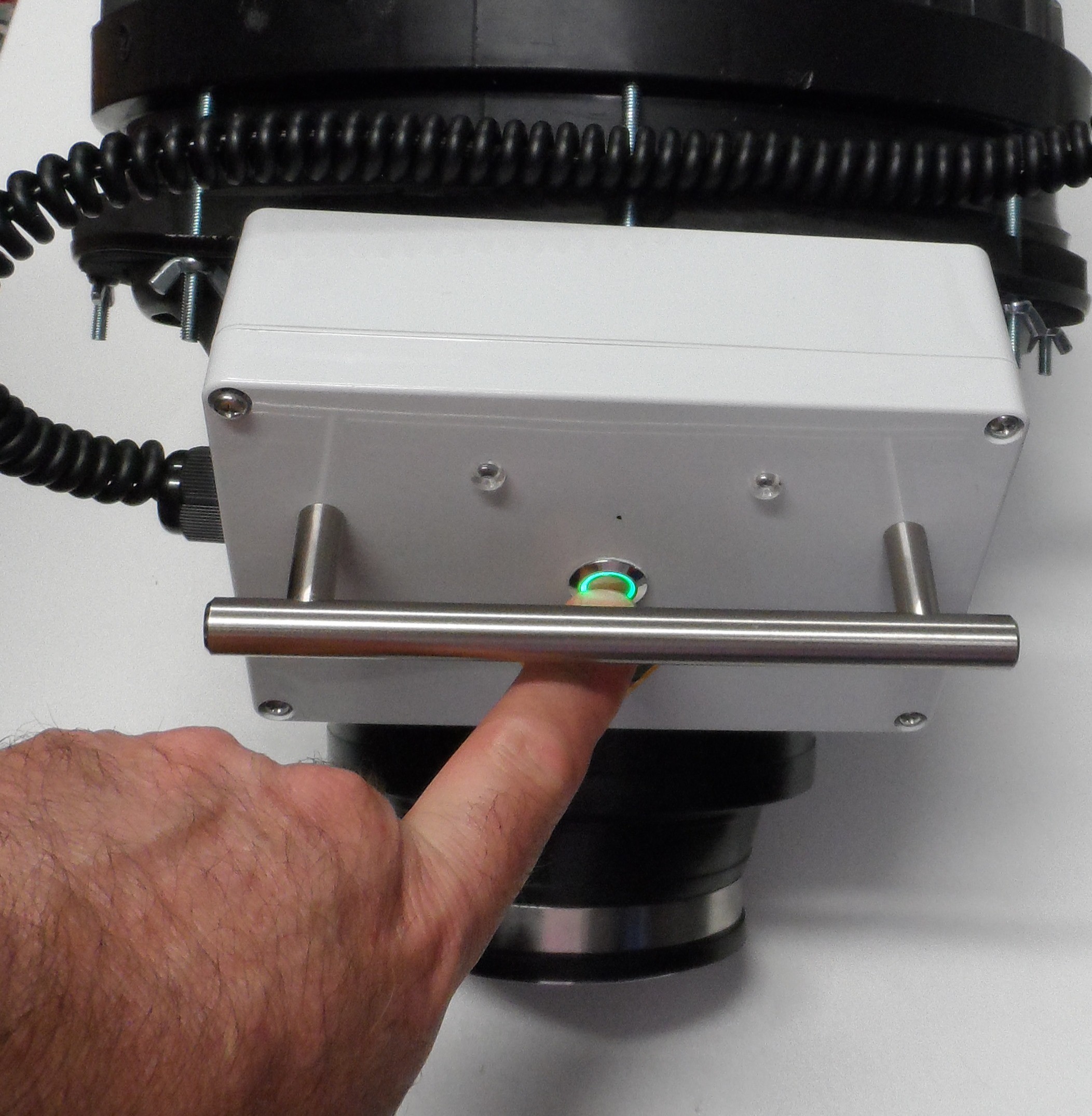
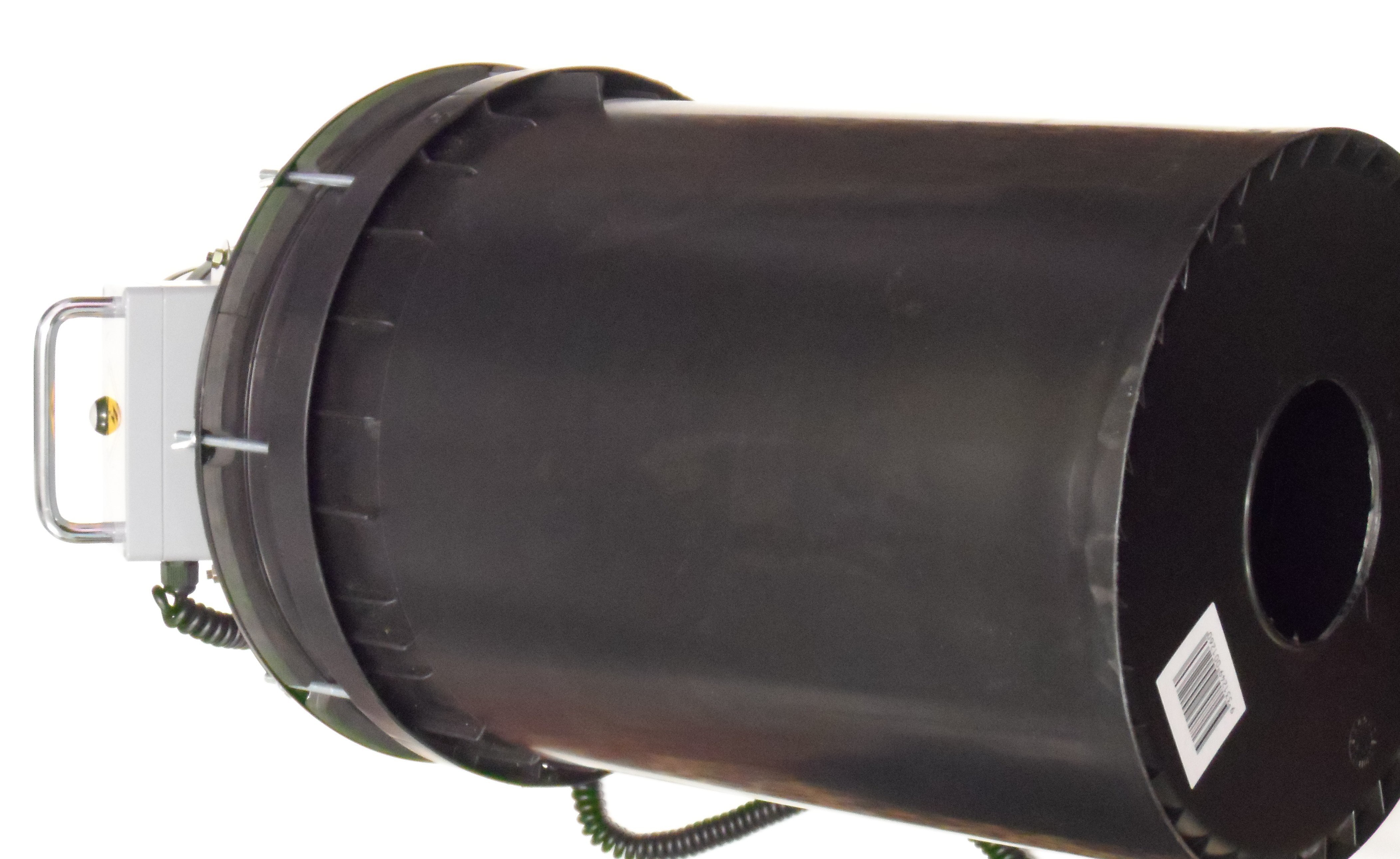


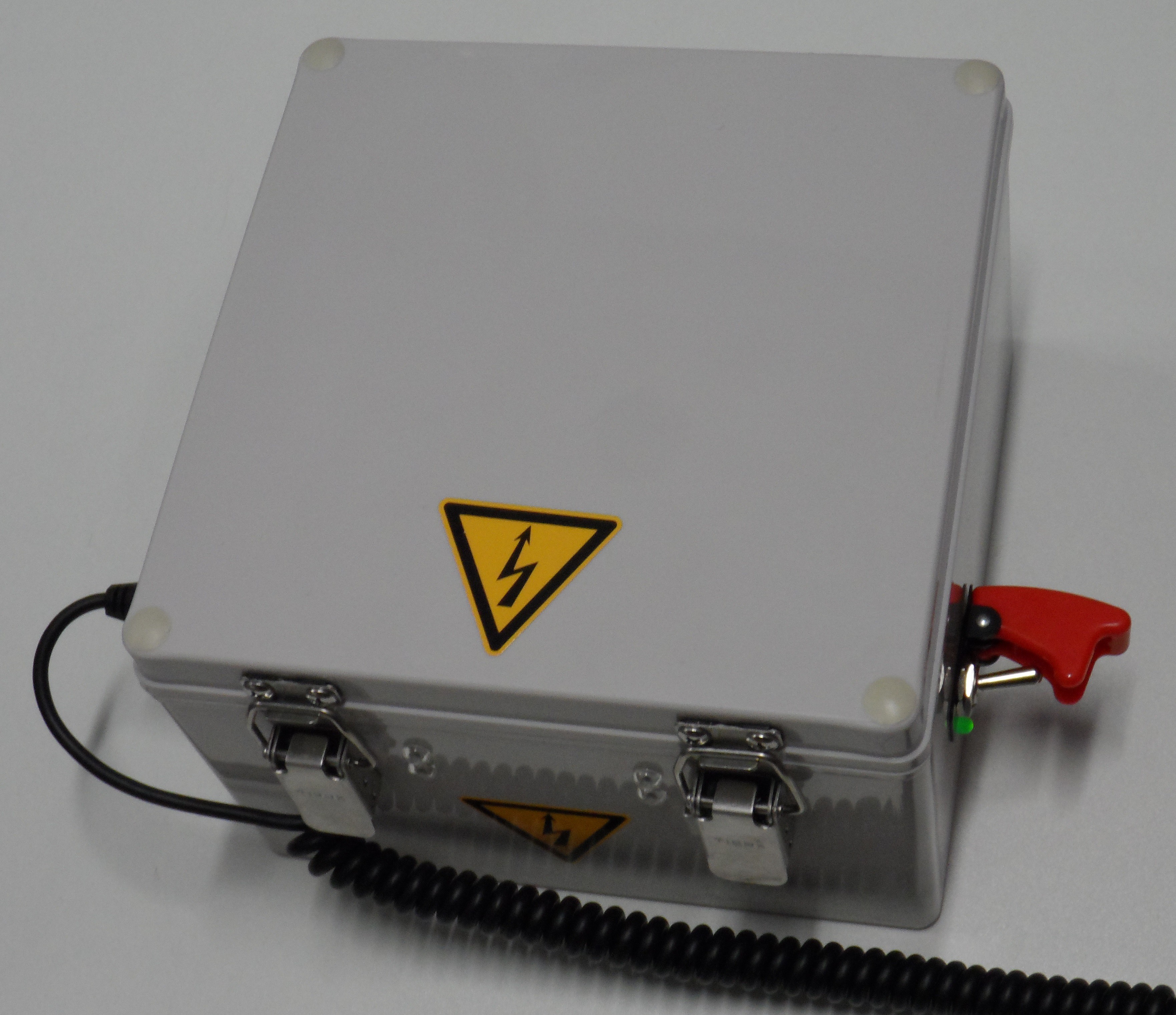
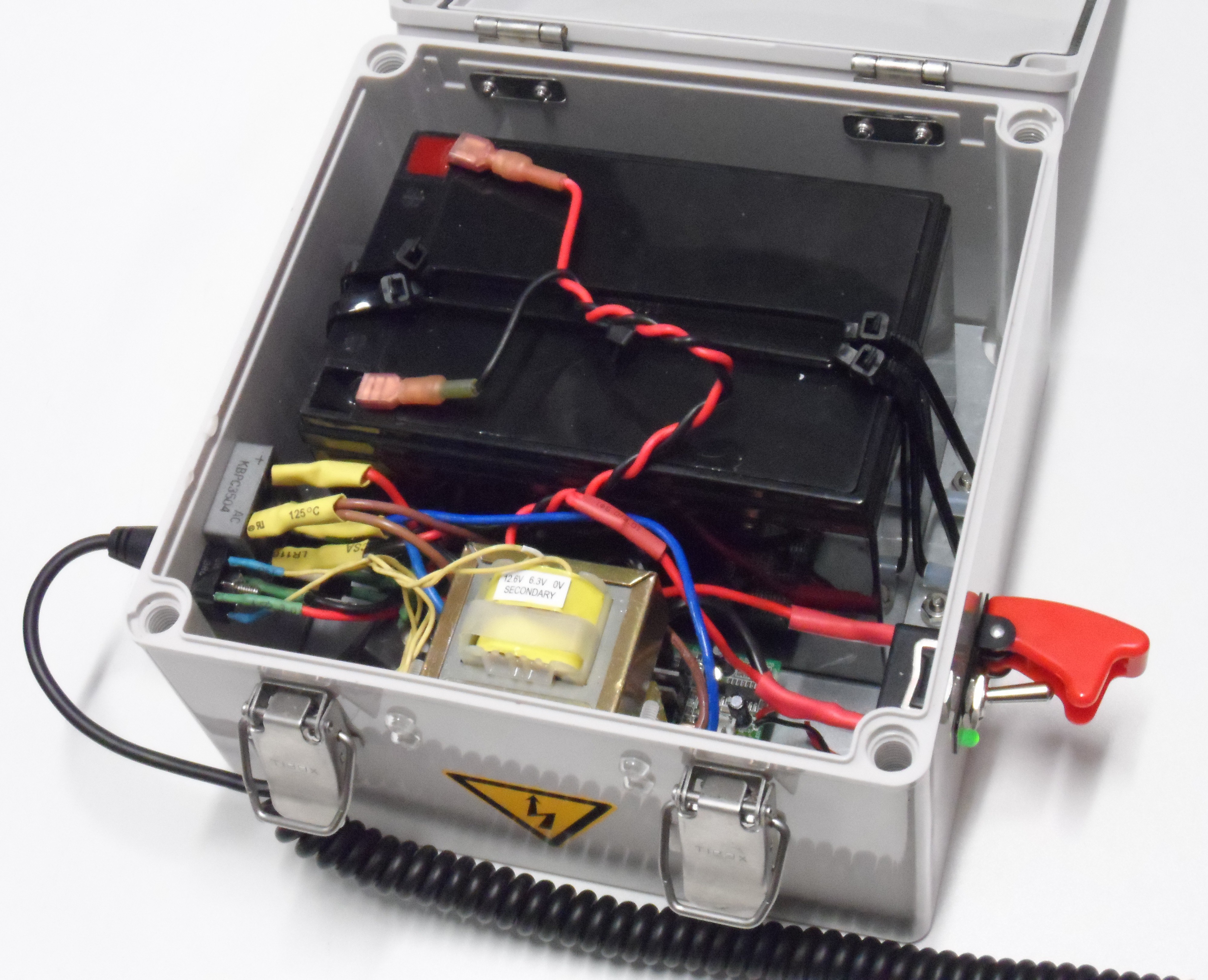

 Robert Hart
Robert Hart
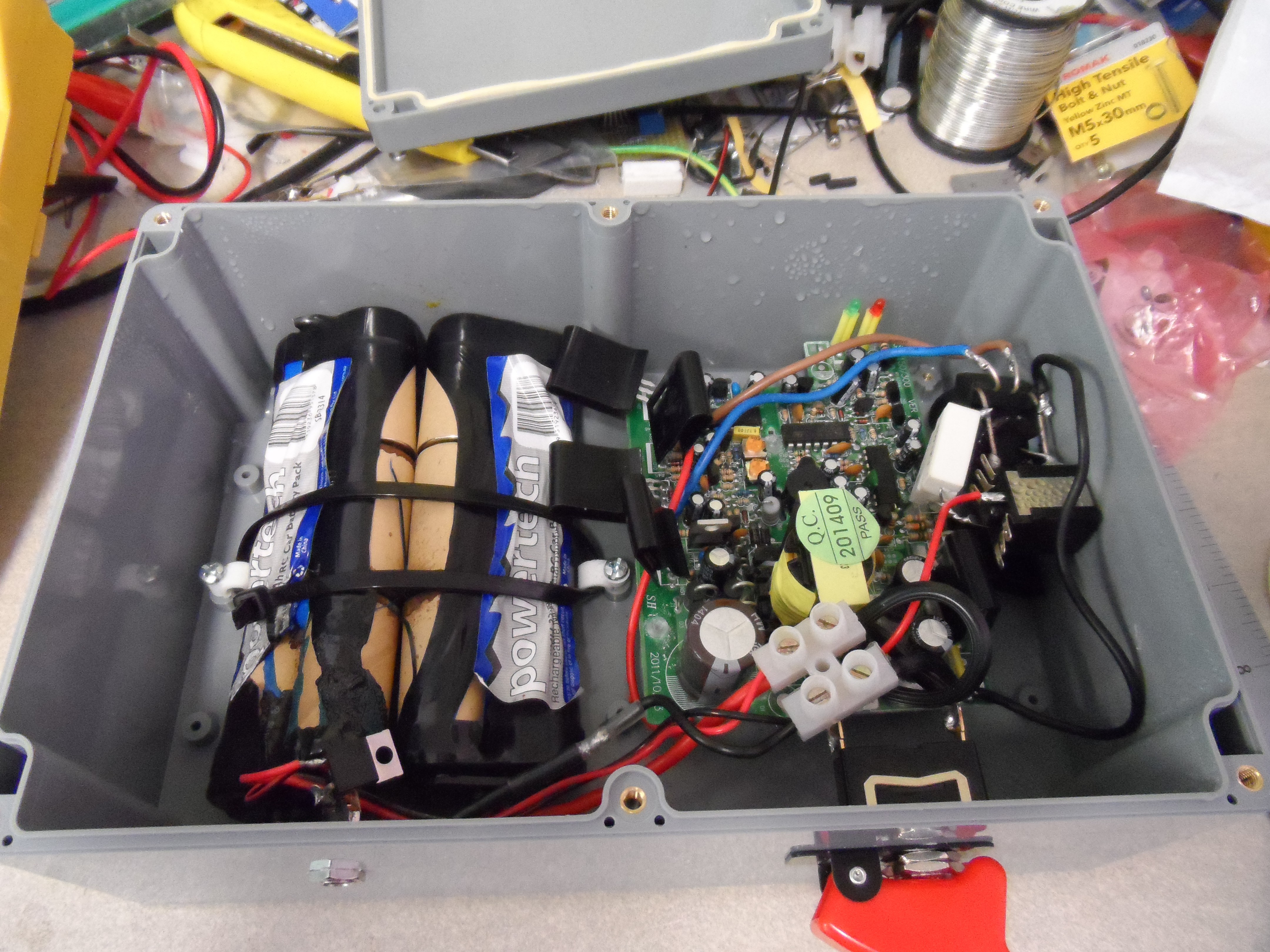
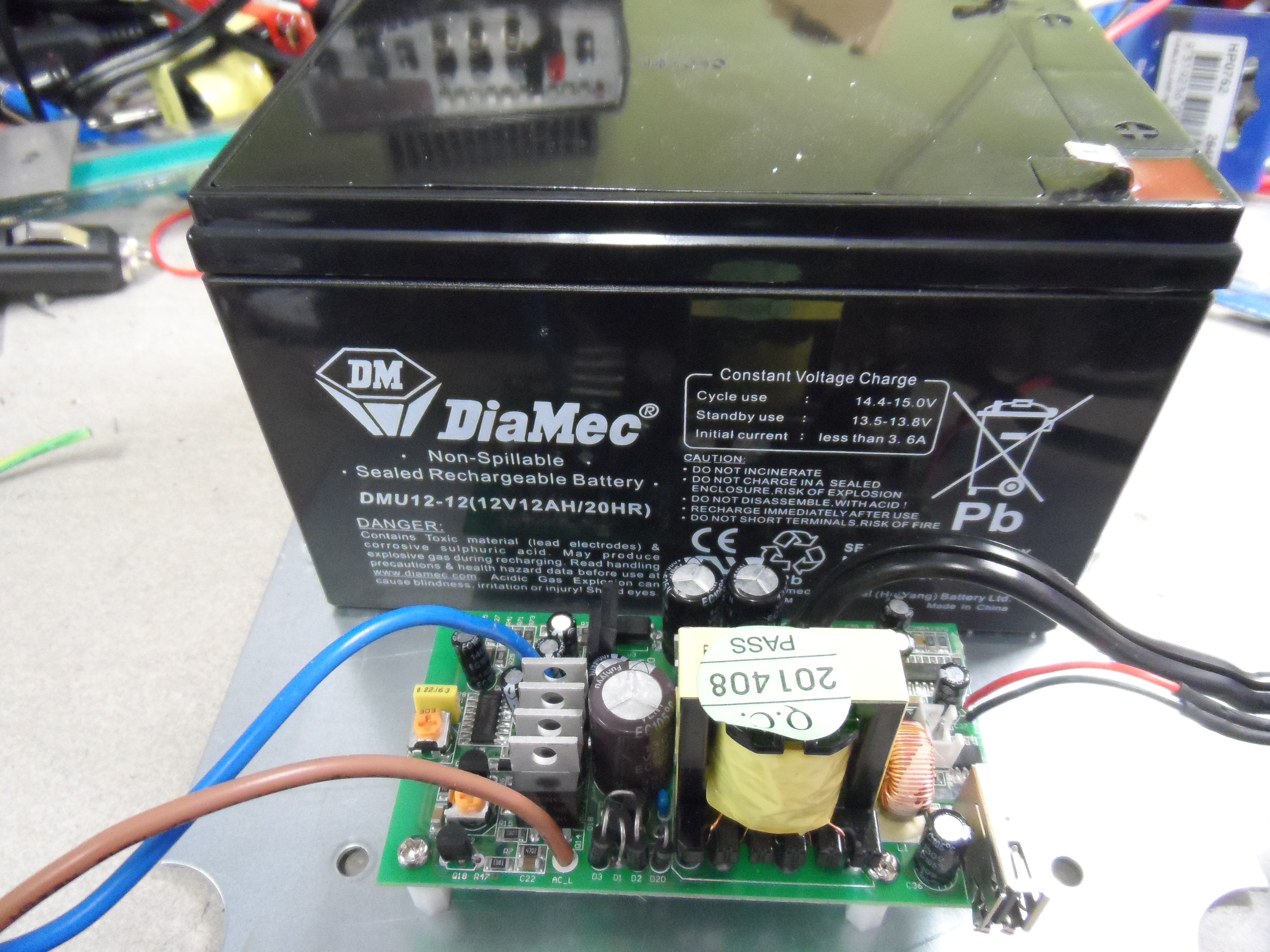






 tiefpunkt
tiefpunkt
 mircemk
mircemk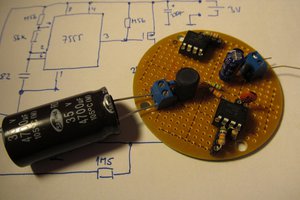
 jaromir.sukuba
jaromir.sukuba
 ElectroBoy
ElectroBoy
crazy putting children w/o full ear protection in front of it.. puzzled!!
Purpose of it?